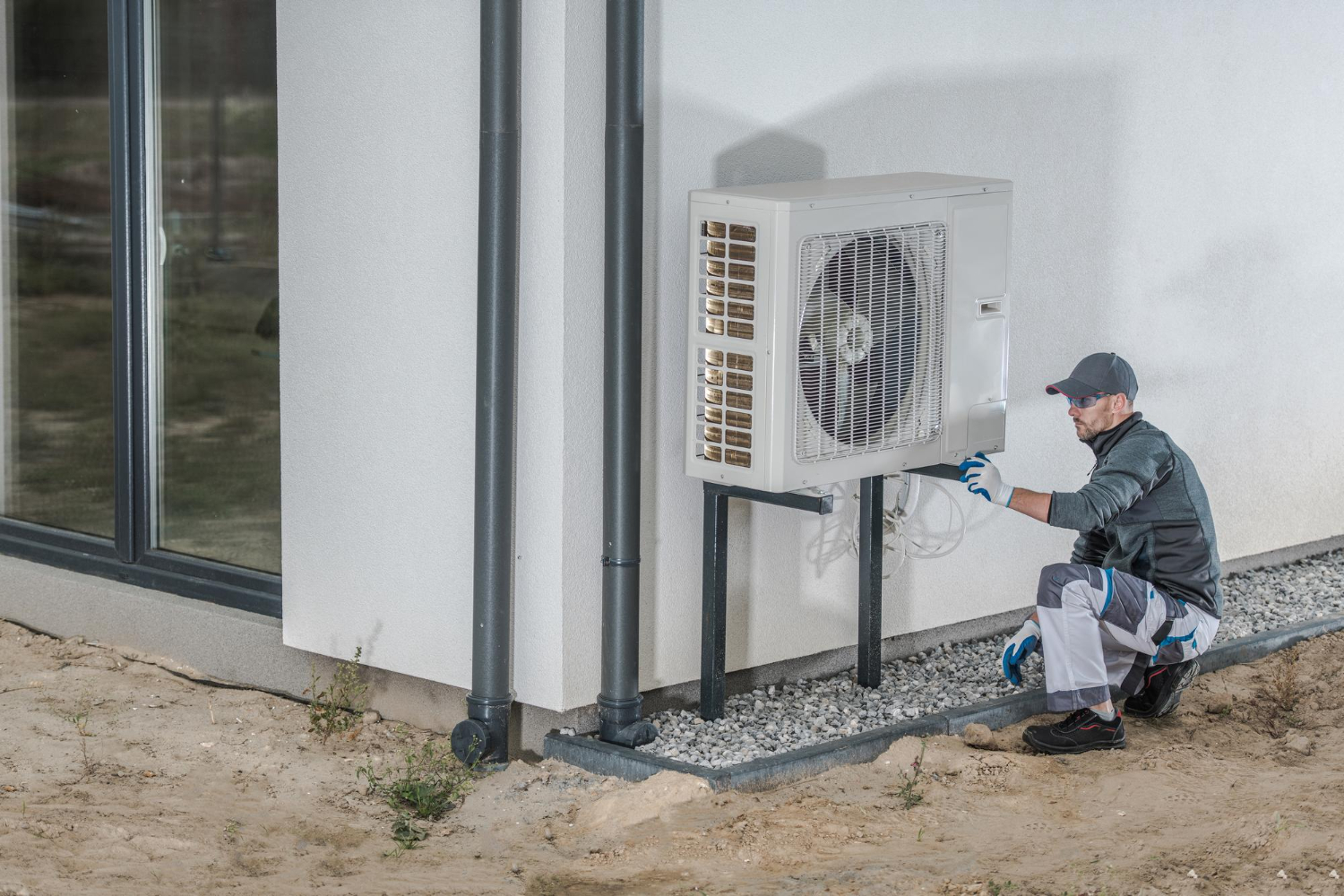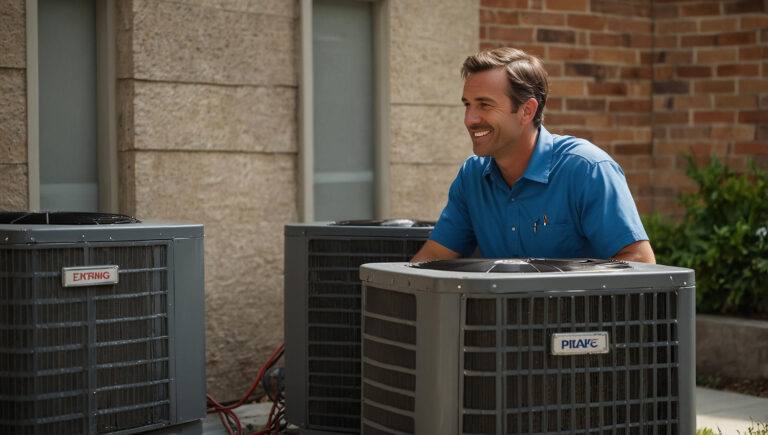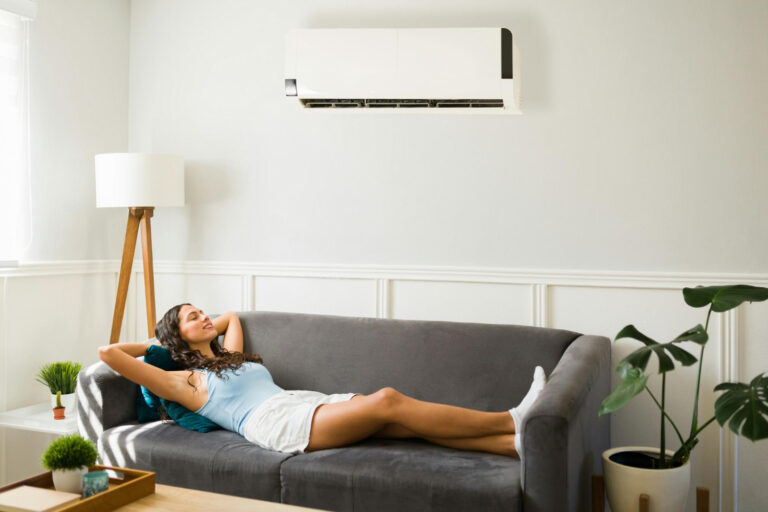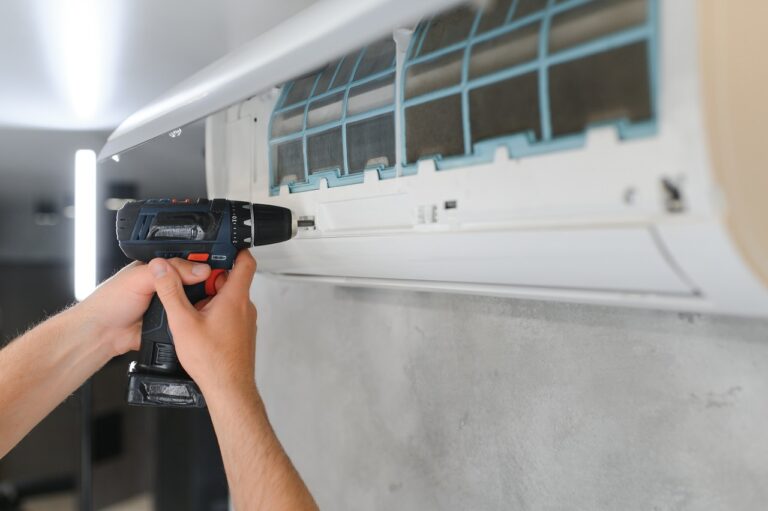Heat pump installation is a pivotal step in enhancing the comfort and energy efficiency of your home. These systems offer an effective solution for both heating and cooling needs, making them a popular choice among homeowners. Understanding how heat pumps work and their benefits can help you make an informed decision when considering an installation.
Understanding Heat Pump Installation
How Heat Pumps Work
Heat pumps are devices that transfer heat from one place to another. They use refrigerant to absorb heat from the outdoor air or ground and move it indoors to heat your home during the winter. During the summer, the process reverses, and the heat pump extracts heat from your indoor air and releases it outside, cooling your home. This efficient transfer of heat makes heat pumps a versatile option for year-round climate control.
Benefits of Heat Pump Installation
There are several benefits to installing a heat pump in your home. First, heat pumps are energy-efficient, reducing your utility bills compared to traditional heating and cooling systems. They provide consistent heating and cooling, ensuring a comfortable living environment regardless of the season. Heat pumps also require less regular maintenance, which can save you time and money in the long run. Additionally, because they don’t burn fossil fuels, heat pumps are environmentally friendly and improve your home’s carbon footprint.
Types of Heat Pumps Available
Various types of heat pumps are available to suit different needs and preferences. The three main types are air-source, ground-source (geothermal), and water-source heat pumps. Air-source heat pumps are the most common and are suitable for a wide range of climates. Ground-source heat pumps are more efficient but require more extensive installation work, as they use the stable temperature of the ground to heat and cool your home. Water-source heat pumps are less common and typically used in areas where a body of water can serve as the heat exchange medium.
Preparing for Heat Pump Installation
Assessing Your Home's Needs
Before installing a heat pump, it is essential to assess your home’s specific needs. Factors to consider include the size of your home, the existing HVAC system, insulation levels, and energy usage patterns. Our professionals evaluate these factors to recommend the most suitable heat pump for your home. A thorough assessment ensures that the chosen system will deliver optimal performance and efficiency.
Choosing the Right Heat Pump
Selecting the right heat pump involves evaluating different models and their specifications. Look for units with high energy efficiency ratings, as these will save you more on utility costs. Consider factors like the system’s heating and cooling capacity, noise levels, and available features such as programmable thermostats. Our technicians can guide you through this selection process, ensuring you choose a heat pump that meets your home’s heating and cooling requirements.
Steps Our Technicians Take Before Installation
Our professionals follow a systematic approach to prepare for heat pump installation. They begin with a detailed site survey to identify the best location for the indoor and outdoor units. This ensures optimal airflow and accessibility for maintenance. Next, they inspect your current ductwork to ensure it is compatible with the new system and make any necessary modifications. Finally, they review the electrical requirements and prepare the site for a smooth installation process. These preparatory steps ensure that your heat pump functions efficiently and reliably after installation.
The Installation Process
Initial Setup and Placement
The installation process begins with the initial setup and placement of your heat pump system. Our professionals will identify the optimal locations for both indoor and outdoor units to ensure maximum efficiency and performance. The outdoor unit needs to be placed on a solid, level surface away from direct sunlight and heavy vegetation to prevent overheating and obstruction. The indoor unit should be installed in a centralized location within your home, allowing for even distribution of heated or cooled air.
Connecting the Components
Once the units are in place, the next step involves connecting all the necessary components. Our technicians will meticulously link the indoor and outdoor units with refrigerant lines, electrical wiring, and drainage systems. Special care is taken to ensure all connections are secure and sealed properly to prevent any leaks. This step is crucial as it ensures the heat pump operates smoothly and efficiently, providing consistent comfort to your home.
Ensuring Proper Functionality and Efficiency
After the units are connected, our professionals conduct a series of tests to verify that the system is functioning correctly. This includes checking the refrigerant levels, electrical connections, and thermostat settings. Any adjustments needed are made at this stage to ensure optimal performance. We also provide a thorough walkthrough of the system’s features and maintenance tips, ensuring you feel confident in using your new heat pump.
Post-Installation Considerations
Scheduling Regular HVAC Service
Maintaining the efficiency and longevity of your heat pump requires regular HVAC service. Scheduling maintenance services ensures that any potential issues are identified early and addressed promptly. Our professionals recommend routine inspections and tune-ups to keep your system running smoothly. Regular service not only enhances performance but also extends the life of your heat pump.
Understanding the Role of Whole Home Dehumidifiers
Integrating whole home dehumidifiers with your heat pump system can significantly improve indoor air quality and comfort. Dehumidifiers work by removing excess moisture from the air, reducing the strain on your heat pump during the cooling process. This not only helps maintain a comfortable indoor environment but also prevents issues related to high humidity, such as mold growth and structural damage. Our team can help you determine the right dehumidifier for your home and ensure seamless integration with your heat pump system.
When to Schedule HVAC Repair and Maintenance
Knowing when to schedule HVAC repair and maintenance is essential for keeping your heat pump in top condition. Indicators such as unusual noises, decreased efficiency, or inconsistent temperature control can signal that your system requires professional attention. Timely repairs can prevent minor issues from becoming major problems, saving you from costly repairs or HVAC replacements down the line. Our technicians are always available to diagnose and address any concerns, ensuring your heat pump operates at its best.
Conclusion
Installing a heat pump is an effective way to improve your home’s heating and cooling efficiency. From understanding how they work to knowing what steps to take during and after installation, it’s clear that a well-maintained heat pump provides numerous benefits. Regular HVAC service, proper integration of whole home dehumidifiers, and timely repairs all contribute to the longevity and performance of your system.
Our professionals at Air New Solutions are committed to providing top-quality heat pump installation services in Pinecrest. We ensure every step of the process is handled with care and precision, guaranteeing an efficient and reliable system for your home. Contact us today to schedule your heat pump installation and enjoy a more comfortable living space all year round.








